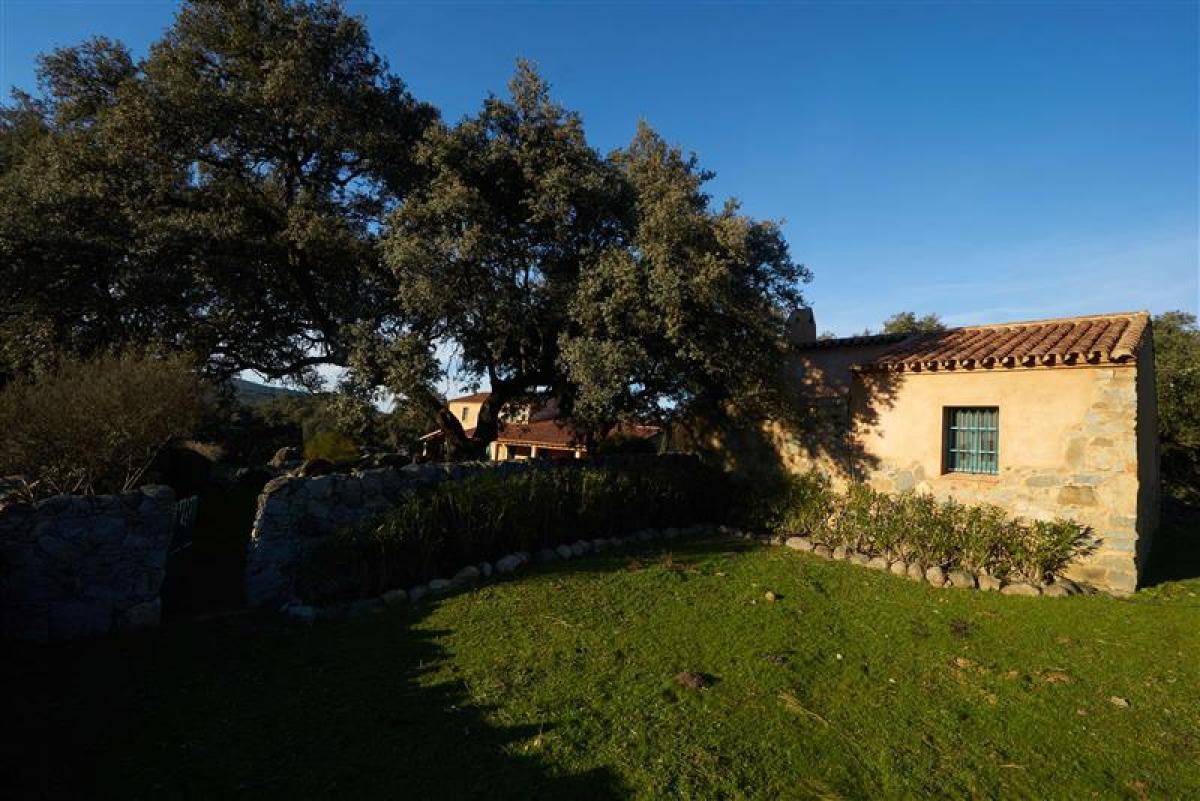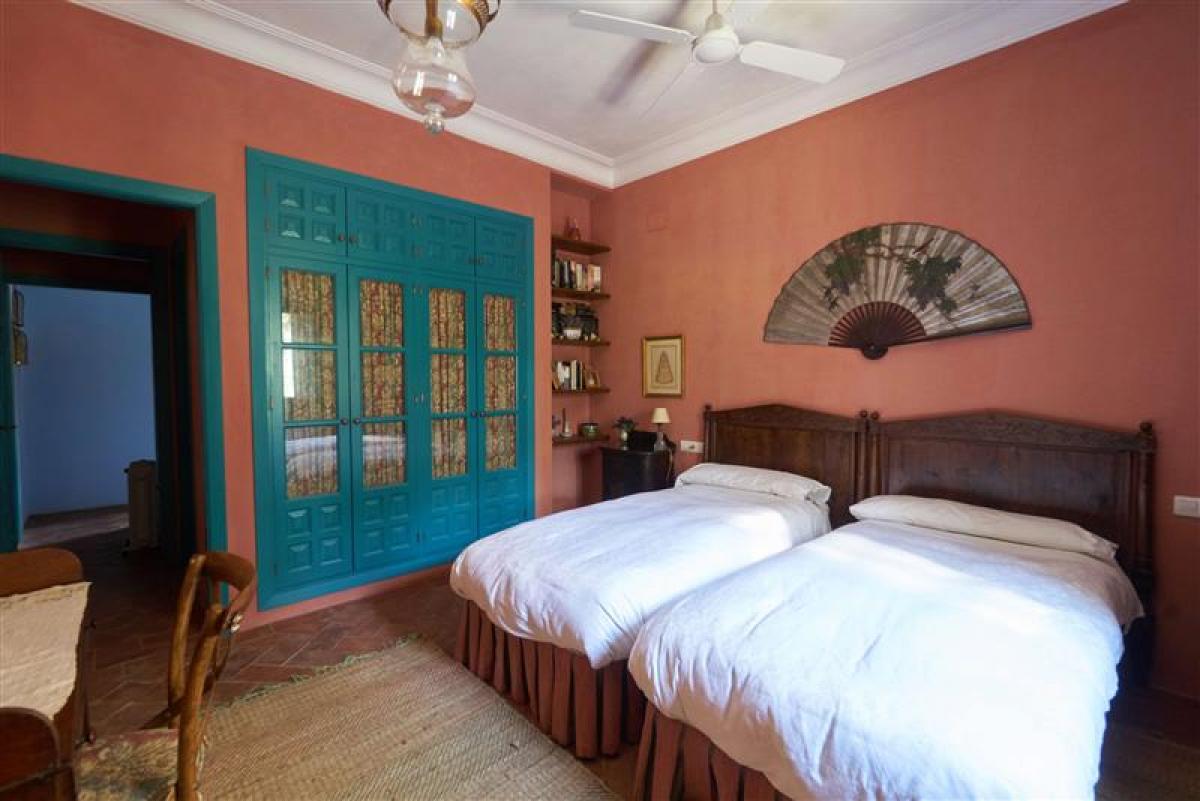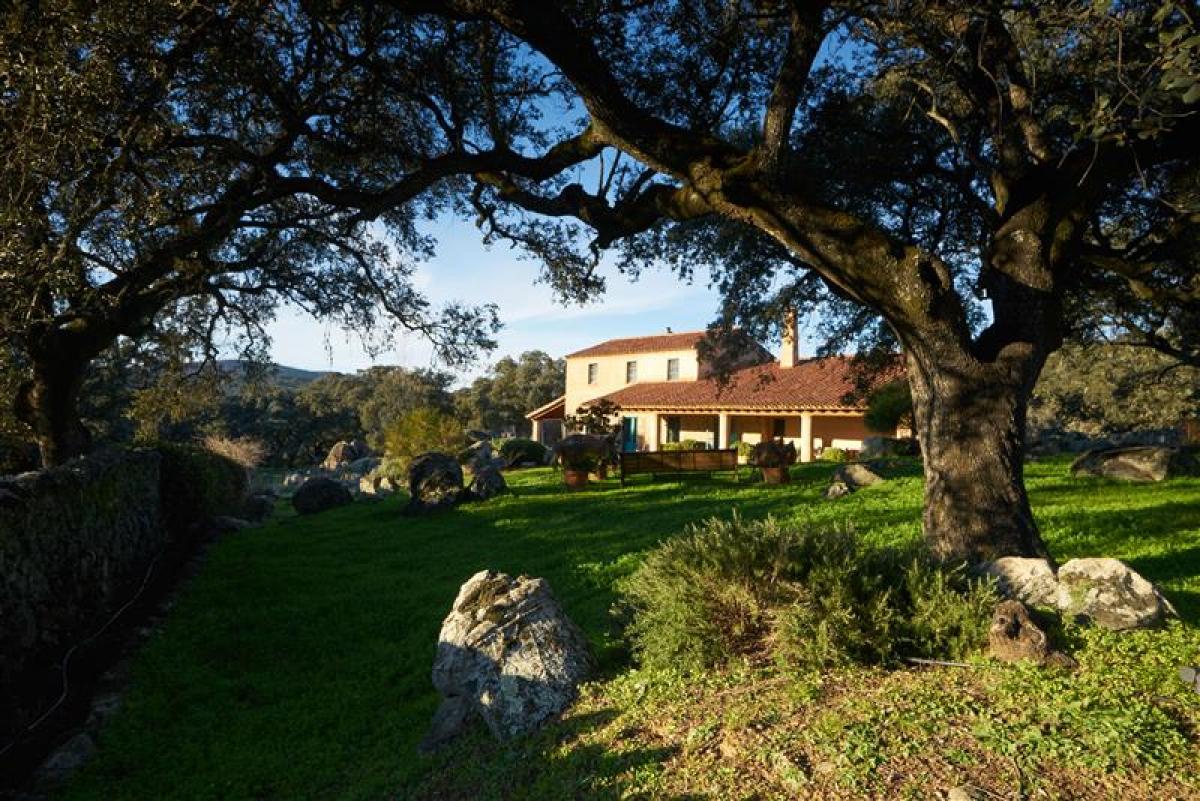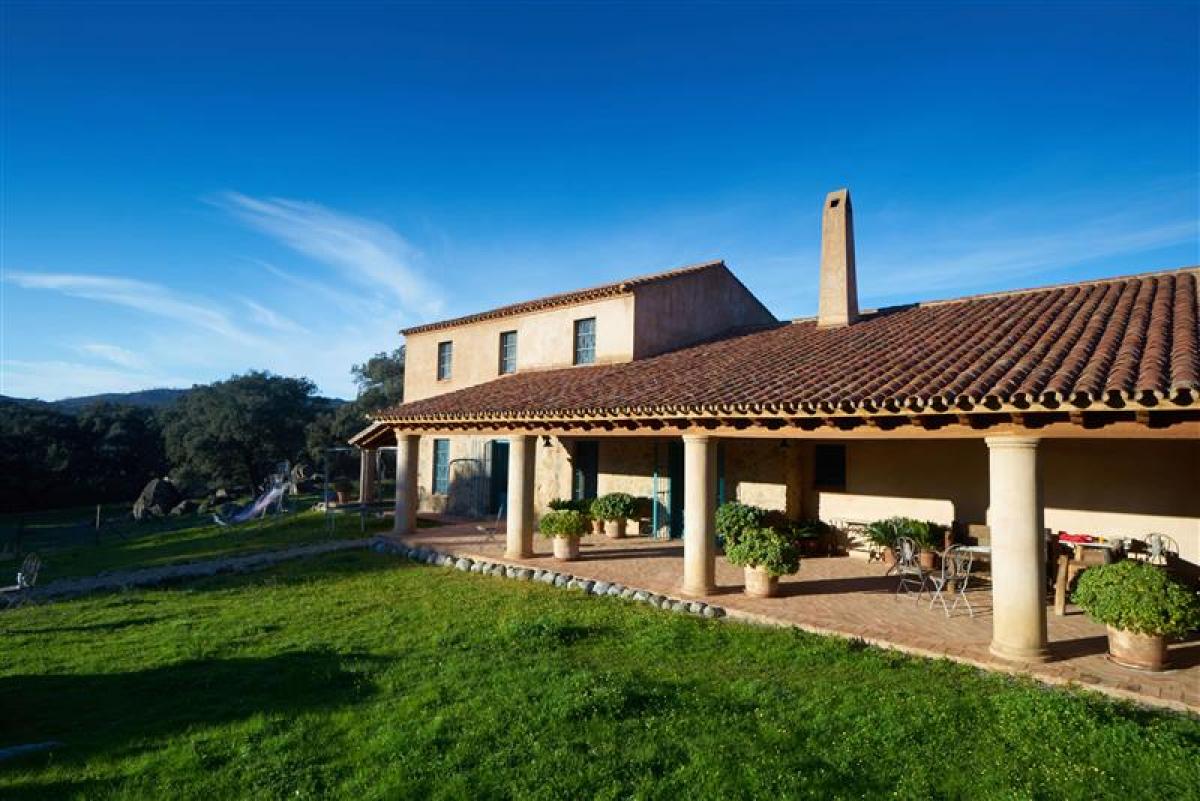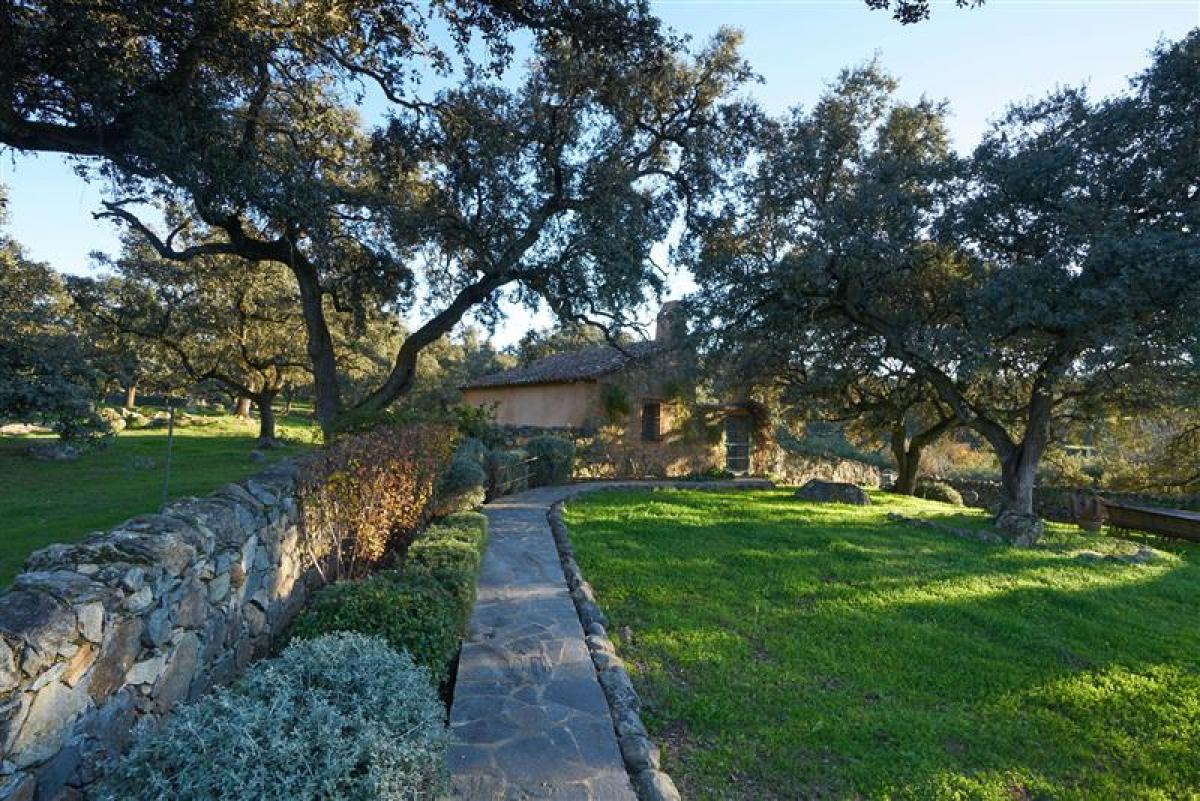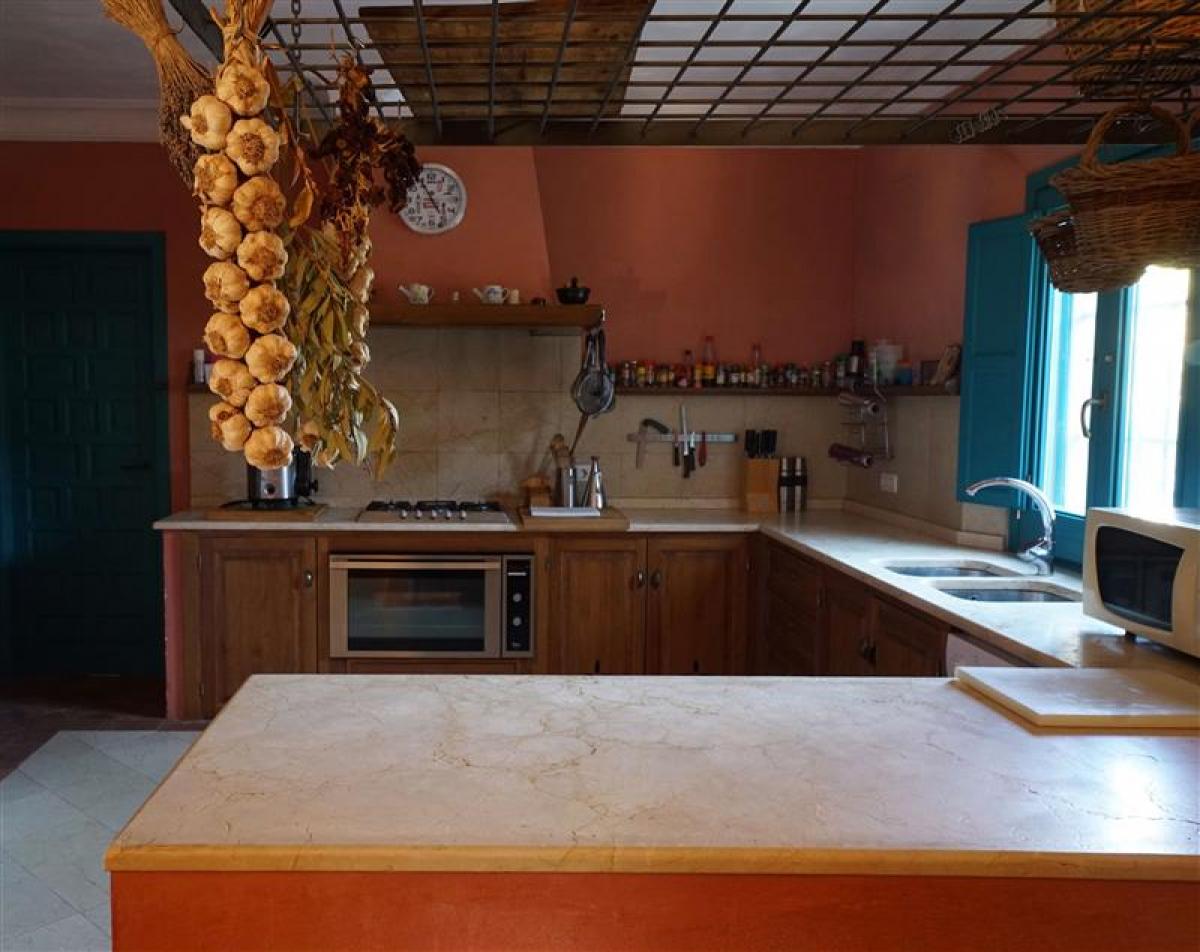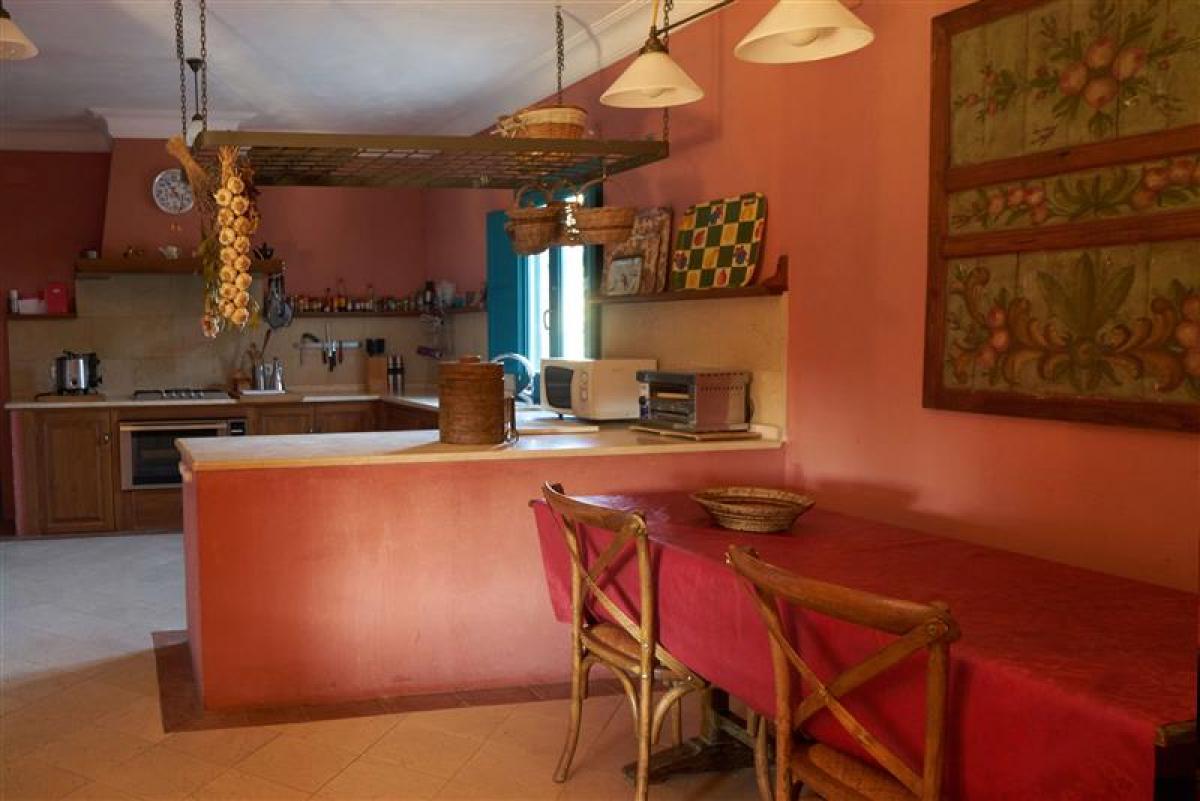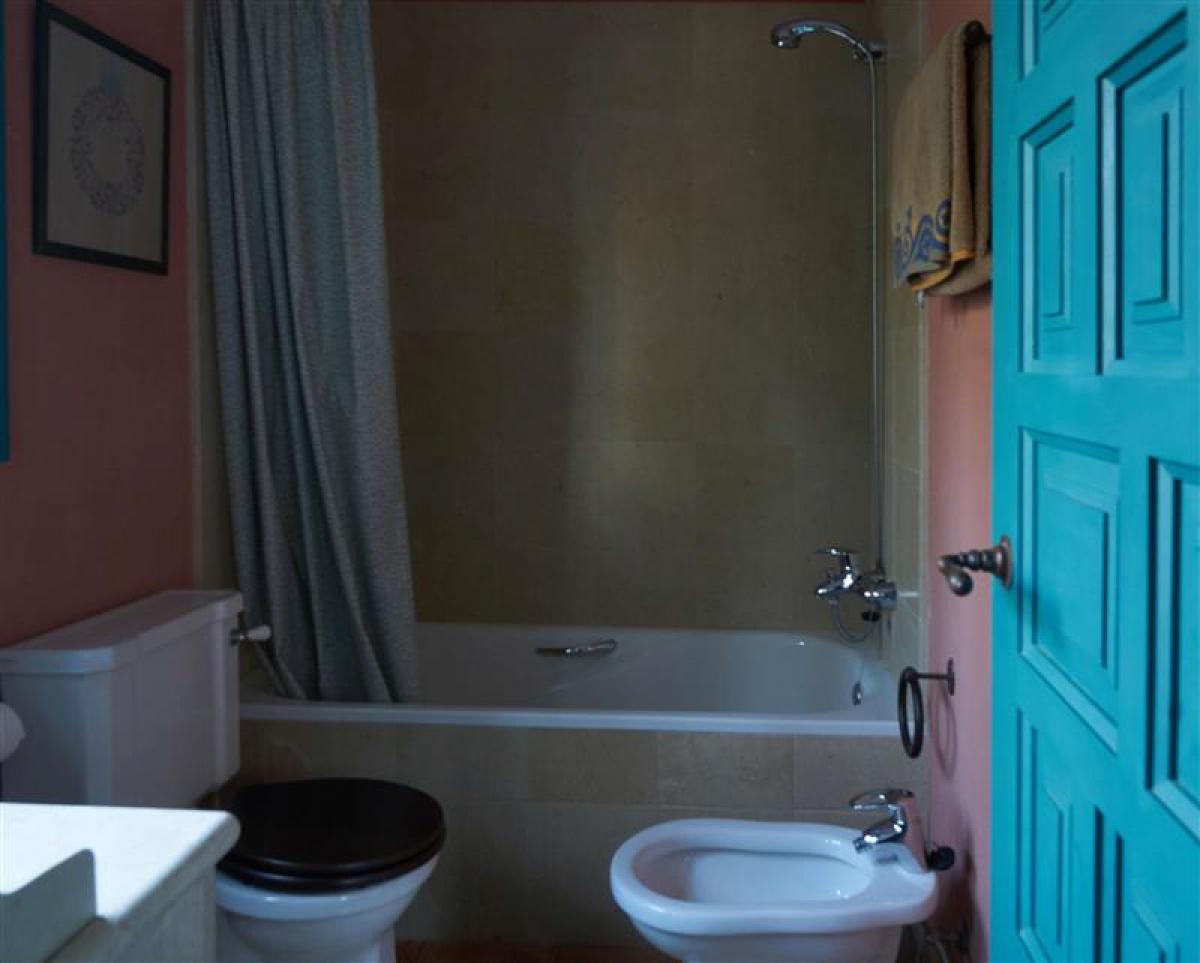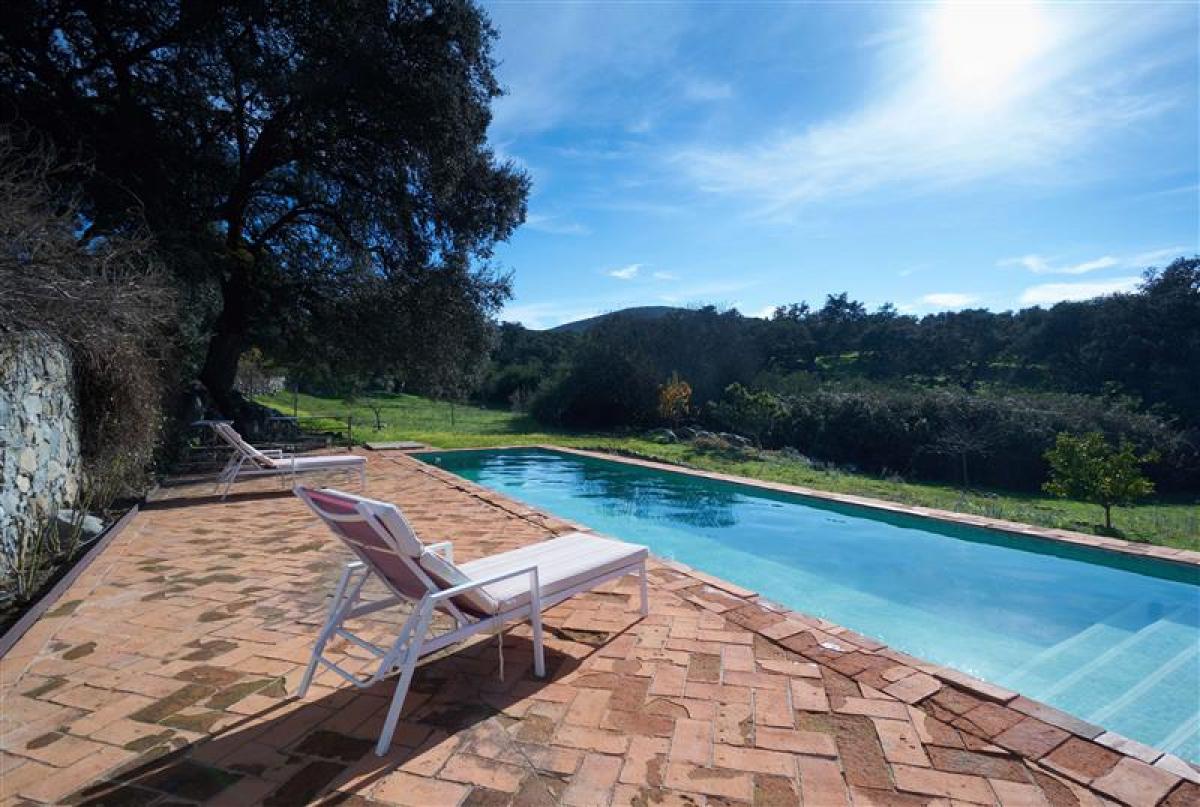Home For Sale
€1,300,000
Seville, Castellon, Spain
3bd
Year Built: 0
Listed By: Euro Resales
Listed On: 06/09/2023
Listing ID: GL5338080
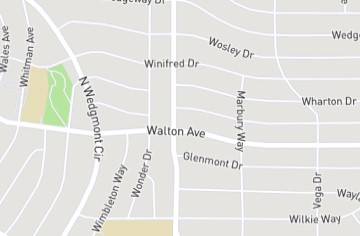
Description
Euroresales Property iD- 9825267This Stunning House for sale is situated in the heart of the seville countryside, enjoy the spanish southern nature and rural area with your family or friends. Enjoy a traditional southern spanish finca, with a Dehesa type of landscape. The area is well connected by car to all southern cities and villages at the south of spain. 110km from the border to Portugal and 45km from Seville.
Due to the rural tourism license it is mandatory by law that this property is rented out at least once a year.
Main House
1 hall
1 spacious living room with a chimeny and airconditioning
1 dining room with with capacity of 10 guest
1 bedroom on second floor acting as a duplex with independent bathroom and and very spacious wordrops
3 bedrooms on the first floor for guests or family with individual bathrooms
Modern fully equiped kitchen with dishwasher, oven, microwave and washine machine
1 extra bathroom for guest
Terrace of 60 m2 with a large garden and an outdoor swimming pool
A section of the house is adapted for a family (employees) to live in
General Heating
Guest House
independent building from the main house
Small living room with airconditioning nd TV
1 bedroom with an independent bathroom and spacious wardrobes
General Heating
Other Facilities
Private Outdoor Pool
Private Garden
Garage
Country View
Small House attached to Main House (for employees)
Living Room
Kitchen
Bedroom
Bathroom
About the Area
Seville is a Spanish city, the capital of the autonomous community of Andalusia and the province of Seville. it is situated on the lower reaches of the Guadalquivir River, in the southwest of the iberian Peninsula. Seville has a municipal population of about 690,000 as of 2016, and a metropolitan population of about 1.5 million, making it the largest city in Andalusia, the fourth-largest city in Spain and the 30th most populous municipality in the European Union. its Old Town, with an area of 4 square kilometres (2 sq mi), contains three UNESCO World Heritage Sites: the Alcazar palace complex, the Cathedral and the General Archive of the indies. The Seville harbour, located about 80 kilometres (50 miles) from the Atlantic Ocean, is the only river port in Spain. Seville experiences high temperatures in the Summer, with daily maximums routinely above 35 °C (95 °F) in July and August.
Seville has an area of 141 km2 (54 sq mi), according to the National Topographic Map (Mapa Topografico Nacional) series from the instituto Geografico Nacional - Centro Nacional de informacion Geografica, the country's civilian survey organisation. The city is situated in the fertile valley of the Guadalquivir River. The average height above sea level is 7 metres (23 feet). Most of the city is on the east side of the river, while Triana, La Cartuja and Los Remedios are on the west side. The Aljarafe region lies further west, and is considered part of the metropolitan area. The city has boundaries on the north with La Rinconada, La Algaba and Santiponce; on the east with Alcala de Guadaira; on the south with Dos Hermanas and Gelves and on the west with San Juan de Aznalfarache, Tomares and Camas.
Seville has a Mediterranean climate (Koppen climate classification Csa), featuring very hot, dry summers and mild, partially wet winters. Like most Mediterranean climates, Seville is drier during summers and wetter during winters. The annual average temperature is 25.4 °C (78 °F) during the day and 13 °C (55 °F) at night. Summer is the dominant season and lasts from May to October, the latter in spite of the dwindling daylight and inland position.
The average sunshine hours in Seville are approximately 3000 per year. Snowfall is virtually unknown, and the last important snowfall occurred in 1954. Seville had to wait until 10 January 2010 to see snowflakes again falling on the city, the only snowfall during the 21st century to date, though it was quite significant in the immediate surrounding villages and suburbs. Since the year 1500, only 10 snowfalls have been recorded/reported in Seville. During the 20th century, Seville registered just 2 snowfalls, being the last one in 2 February 1954.
Aracena is in the north of Huelva province, in the mountain range Sierra de Aracena and Picos de Aroche. Architecturally, it is a typical Andalusian village, with whitewashed houses contrasting against the green landscape of the mountains. its town centre, an official Property of Cultural interest, and the Gruta de las Maravillas cave are its main tourist attractions. The Gruta de las Maravillas (las Maravillas grotto) is one of the largest caves in Spain, and is amazingly beautiful inside. it includes twelve underground chambers, six lakes, and countless stalactites and stalagmites.
The built heritage of Aracena is notable for its fortifications, including the castle, and for the church of Nuestra Senora del Mayor Dolor. There is also an interesting outdoor Museum of Contemporary Art.
Located in the far west of the Sierra Morena Mountains, in the north of the province of Huelva, the Sierra de Aracena y Picos de Aroche Nature Park is characterised by its extensive forest, high rainfall, mild climate and interesting natural and cultural heritage.
The extensive areas of pastureland in this mountain area have favoured rearing of iberian pigs, and the resulting industry (pork products) that is at the centre of the economies of villages such as Cumbres Mayores and Jabugo. Before leaving you should try the exquisite cured meats here, and of course the Huelva Designation of Origin ham. You can discover all the region's cured meat producing history at the Ham Museum in Aracena.
The landscape varies according to altitude and rainfall. The pastureland with holm oaks are replaced by cork forest in some areas, while in the highest areas there are Pyrenean oak woods, as in Solana de los Bonales. Meanwhile, in villages such as Fuenteheridos, Galaroza and Castano del Robledo, the predominant tree is the chestnut. Along rivers like the Murtigas there are riverine forests with an abundance of large trees like black poplar, ash, willow and alder, along with brambles and creepers. These riverbank locations are ideal to rest and relax.
This variety of forest environments is home to an interesting array of wildlife. inside the Park you can see mammals such as the Egyptian mongoose, genet and the evasive otter. There is also a wide variety of bird life: you can see birds including vultures, kites and black storks in flight above the park. A good way to discover all these natural attractions is walking on the signposted trails or going on a peaceful horse riding route.
Not to be missed either are the local villages and their interesting heritage. You can visit the monuments of Almonaster la Real, with its castle, church and mosque, Cortegana Castle, one of the best conserved in the region, and the fortress of Sancho iV in Cumbres Mayores. Another option is to visit Las Maravillas Cave in Aracena or Pena de Arias Montano Peak in Alajar, two highly interesting natural attractions.
The regional gastronomy is also delicious and varied: game, goat's cheese, cured meats and, of course, chestnuts prepared in many different ways. Another local culinary product, the wild mushroom, attracts mycology enthusiasts every year. They come to events and courses to learn how to recognise these fungi and their properties, and you can savour them in many places during the mushroom season.


